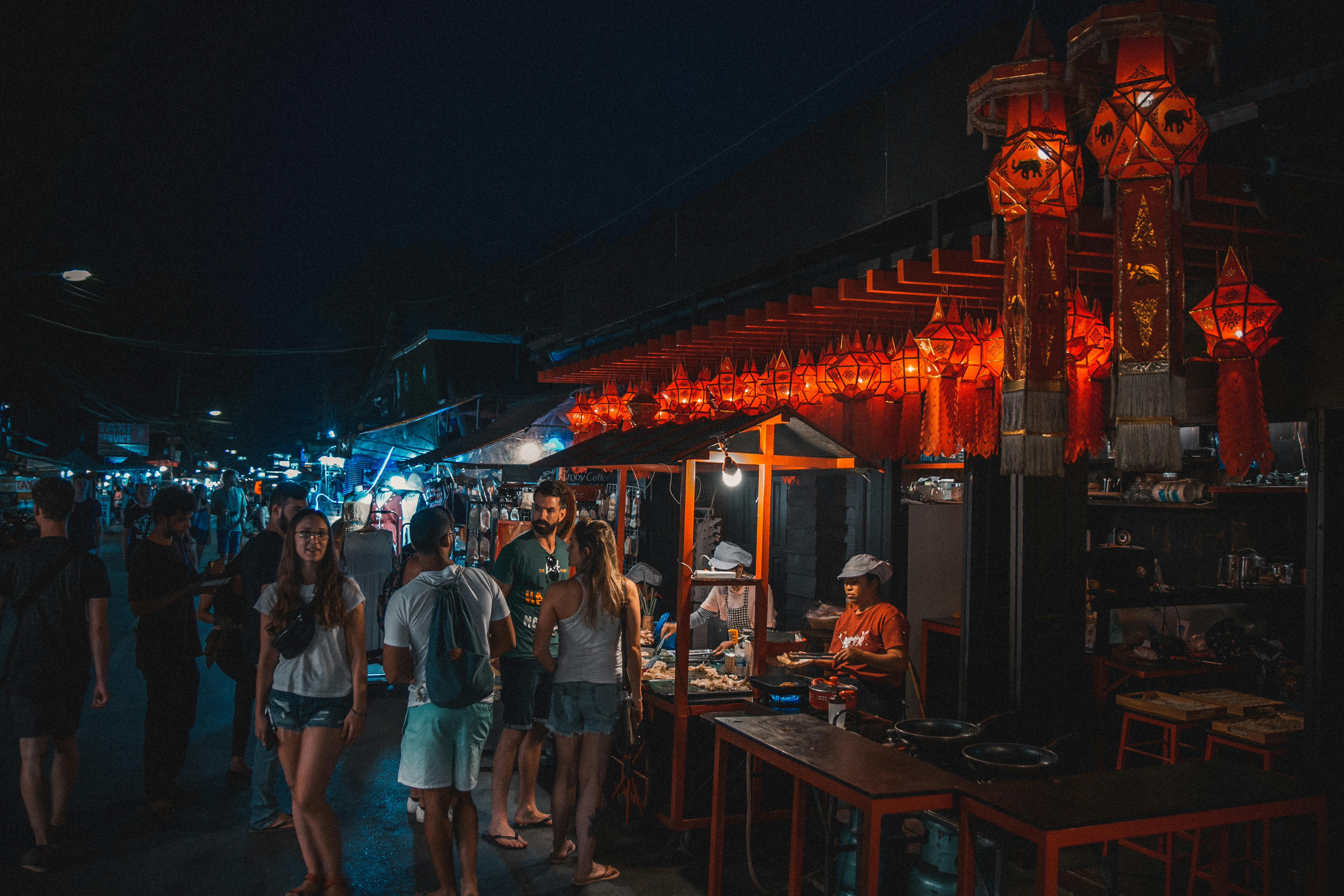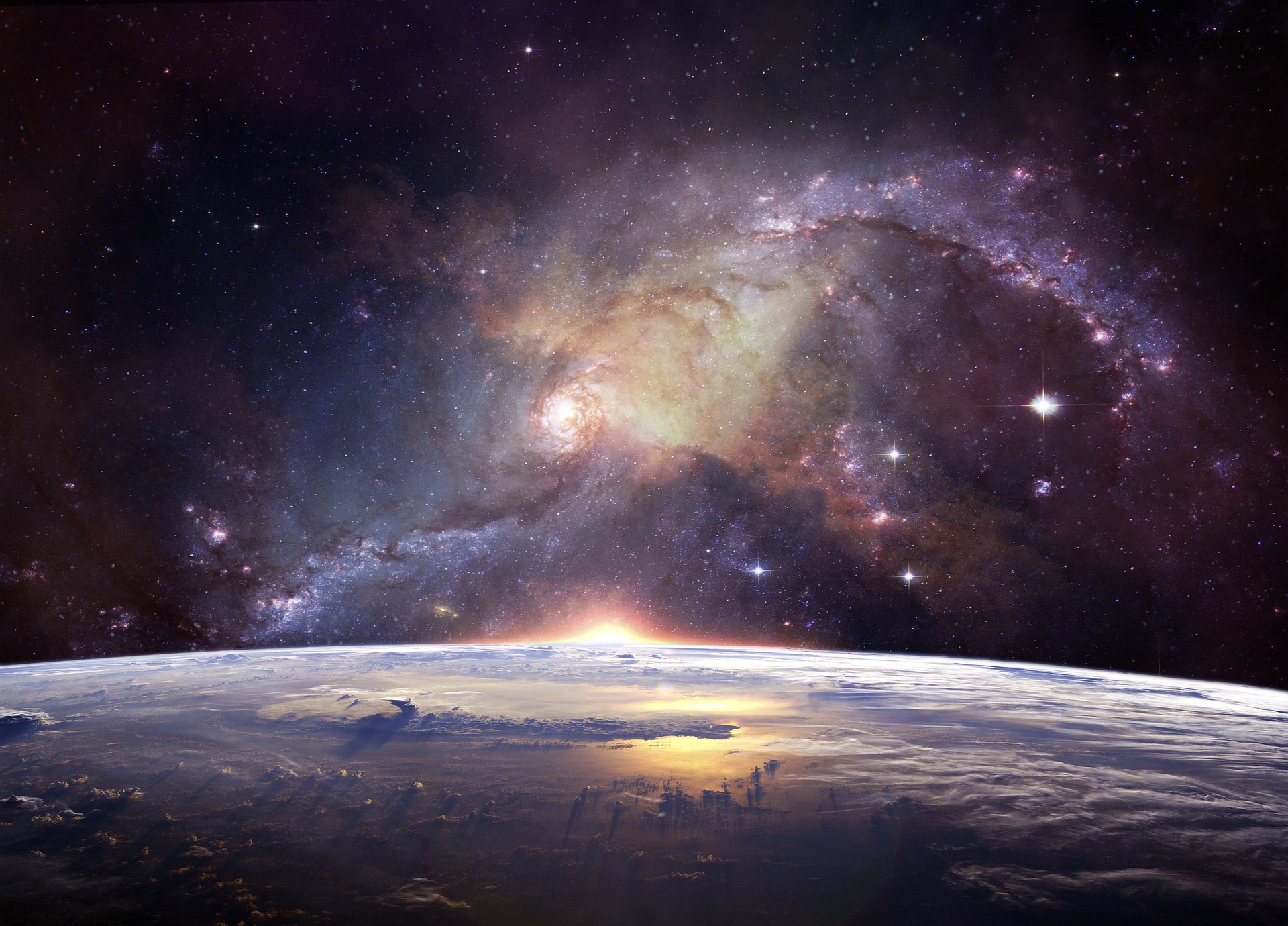Unveiling the Mystery of Dark Tourism: A Deep Dive into its Intricacies
Dark tourism, also known as grief tourism, has been gaining traction in recent years. It involves visiting sites associated with death, suffering, or disaster. While it may seem morbid to some, there's more to this unique travel trend than meets the eye.

The Genesis of Dark Tourism
Dark tourism is not a new phenomenon. People have been drawn to places of death and disaster since time immemorial. In medieval times, pilgrims traveled to shrines, and during the Victorian era, public executions were a common spectacle. However, it wasn’t until the late 20th century that this behavior was identified and studied as ‘dark tourism’.
Dark Tourism in Modern Times
In today’s globalized world, dark tourism has taken a new turn. From Auschwitz in Poland to Ground Zero in New York, these sites have become part of many travelers’ itineraries. What was once considered taboo is now seen as an essential part of understanding history and human nature.
Visiting these sites allows travelers to confront difficult truths about our past, making them not only a cultural and historical experience but also a deeply emotional one.
The Appeal of Dark Tourism
Dark tourism has been criticized for commodifying tragedy. However, experts argue that it serves a crucial role in remembering and understanding our past. It provides an opportunity for reflection, education, and empathy. Furthermore, it allows us to appreciate our present circumstances by putting our struggles into perspective.
The Ethical Dilemma
Despite its benefits, dark tourism poses ethical questions. How can these sites be preserved without turning them into a spectacle? How can we ensure that the memory of those who suffered remains respected? These questions highlight the need for responsible and respectful behavior when visiting these sites.
Intriguing Aspects of Dark Tourism
- Dark tourism is not limited to man-made disasters or atrocities. Natural disaster sites, such as Pompeii, also attract many visitors each year.
- Some dark tourists are motivated by a desire to feel alive. Confronting death and suffering can make one’s own life seem more precious.
- Dark tourism can have therapeutic benefits. It allows individuals to confront their fears and anxieties in a controlled environment.
In conclusion, dark tourism is a complex and multifaceted phenomenon. Though it may seem morbid, it serves as a potent reminder of our past and a tool for introspection. As long as we approach these sites with respect and sensitivity, dark tourism can be a powerful learning experience.





